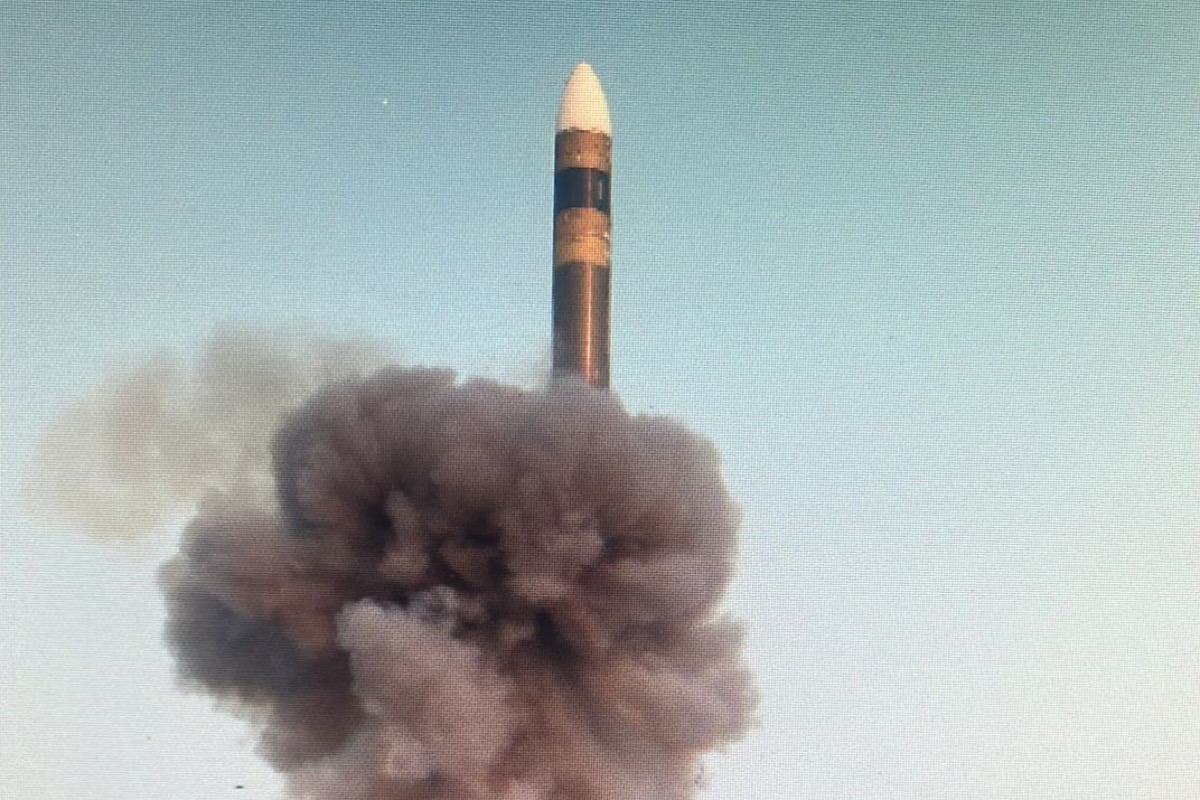Putin plays with f ire in his new doctrine
Of late Vladimir Putin has shifted Russia’s nuclear doctrine to a more directly and openly retaliatory posture in response to any attack by Ukraine or any NATO country using longer-range US missiles.
India’s recent test of a missile equipped with multiple independently targetable re-entry vehicles (MIRVs) has sparked both admiration for technological prowess and concern for regional stability.

MIRV Test (Photo:ANI)
India’s recent test of a missile equipped with multiple independently targetable re-entry vehicles (MIRVs) has sparked both admiration for technological prowess and concern for regional stability. This significant milestone underscores India’s determination to assert itself as a formidable nuclear power in Asia. However, the implications of this advancement extend far beyond the Bay of Bengal, potentially reshaping the delicate balance of power on the continent.
At the heart of India’s strategic calculus lies the need for deterrence against potential adversaries, particularly China. The development of MIRV technology enhances India’s ability to penetrate enemy missile defences, ensuring the survivability of its nuclear arsenal in the event of a conflict. This bolstered assurance is crucial in a region marked by long standing geopolitical tensions and territorial disputes. Yet, the pursuit of technological advancement in the nuclear arena is not without its pitfalls. MIRVs inherently raise the spectre of a heightened arms race, reminiscent of the Cold War era. The deployment of these sophisticated weapons systems by India could trigger a domino effect, compelling other regional players to ramp up their own military capabilities in a bid to maintain strategic parity.
The risk of miscalculation and escalation looms large, casting a shadow of uncertainty over the future security landscape of Asia. Moreover, the proliferation of MIRVs poses a dual dilemma. While they offer tactical advantages in terms of target flexibility and firepower, they also introduce a dangerous temptation for pre-emptive strikes. The ability to incapacitate an adversary’s nuclear arsenal in a single blow may seem enticing from a strategic standpoint, but it heightens the risk of catastrophic escalation and undermines the principles of mutually assured destruction that have thus far prevented nuclear conflict. India’s intentions in developing MIRV technology remain a subject of speculation. While proponents argue that it serves as a deterrent against potential aggression, sceptics caution against the temptation to engage in “counterforce” targeting, which could destabilise the delicate balance of power in the region.
Advertisement
The path forward for India lies in striking a delicate balance between maintaining a credible deterrence posture and avoiding actions that could exacerbate tensions and provoke a dangerous arms race. In navigating the complex terrain of nuclear diplomacy, India must prioritise transparency and dialogue with its neighbours, particularly China and Pakistan. Confidence-building measures and arms control agreements are essential to mitigate the risks associated with the proliferation of MIRVs and to prevent a descent into nuclear brinkmanship. The stakes are too high for unilateral actions or reckless brinkmanship, necessitating a collective commitment to preserving peace and stability in Asia.
India’s successful test of a MIRV-equipped missile heralds a new chapter in the country’s nuclear doctrine. However, the true test lies in how India navigates the complex web of strategic challenges that lie ahead. By demonstrating restraint, fostering dialogue, and upholding the principles of responsible nuclear stewardship, India can chart a course towards a more secure and stable future for itself and the wider Asian region.
Advertisement